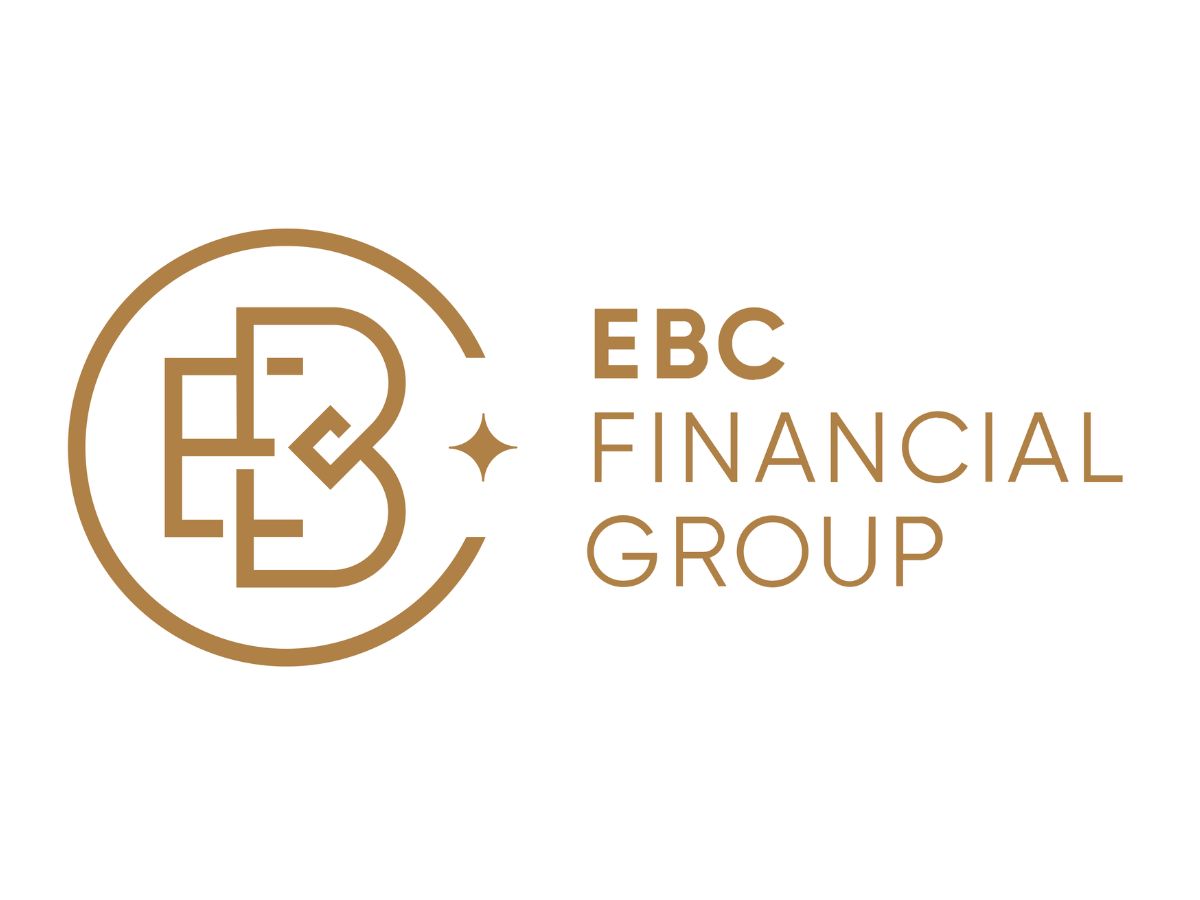New Delhi (India)b July 30 : According to Yen Sim, Director, Branding and Sustainability, EBC Financial Group, In recent years, Will Cryptocurrency Replace Fiat Currency?
In recent years, the financial landscape has witnessed a dramatic rise in the popularity of cryptocurrencies. Bitcoin, Ethereum, and numerous other digital currencies have captured the imagination of investors, technologists, and the general public alike. As these digital assets gain traction, an intriguing question arises: will cryptocurrency eventually replace fiat currency?
Understanding the Basics
To explore this question, it’s crucial to understand the fundamental differences between fiat currency and cryptocurrency. Fiat currency, such as the US dollar, euro, or yen, is government-issued money that is not backed by a physical commodity but rather by the trust and authority of the issuing government. It is the primary medium of exchange in the global economy, used for everyday transactions, savings, and investments.
Cryptocurrency, on the other hand, is a decentralized digital asset that uses blockchain technology to ensure security and transparency. Unlike fiat currency, it is not controlled by any central authority. Bitcoin, the first cryptocurrency, was created in 2009 by an anonymous entity known as Satoshi Nakamoto. Since then, thousands of cryptocurrencies have emerged, each with unique features and use cases.
Advantages of Cryptocurrency
Proponents of cryptocurrency argue that it offers several advantages over fiat currency. Firstly, cryptocurrencies can facilitate faster and cheaper transactions, especially for cross-border payments. Traditional banking systems can be slow and costly, with intermediaries charging significant fees for international transfers. Cryptocurrencies, in contrast, can transfer value almost instantaneously with minimal fees. As noted by Forbes, “Cryptocurrencies offer a cost-effective and efficient solution for international transactions, bypassing traditional banking fees and delays.”
Secondly, cryptocurrencies provide financial inclusion to the unbanked and underbanked populations. According to the World Bank, approximately 1.7 billion people worldwide do not have access to traditional banking services. Cryptocurrencies can bridge this gap, allowing individuals in remote or underserved areas to participate in the global economy. CNBC highlights this potential, stating, “Cryptocurrencies have the potential to democratize finance, bringing banking services to those who have been historically underserved.”
Thirdly, cryptocurrencies offer a high degree of security and privacy. Blockchain technology ensures that transactions are immutable and transparent, reducing the risk of fraud and corruption. Additionally, users can maintain a certain level of anonymity, which is appealing to those who value privacy. As Bloomberg points out, “Blockchain’s decentralized nature makes it a secure option for financial transactions, with reduced risks of hacking and fraud.”
Challenges and Obstacles
Despite these advantages, several challenges hinder the widespread adoption of cryptocurrencies. One significant issue is volatility. Cryptocurrencies are known for their price swings, which can be extreme and unpredictable. This volatility makes them less suitable as a stable store of value or unit of account, both of which are essential characteristics of a reliable currency. As The Wall Street Journal remarks, “The volatility of cryptocurrencies like Bitcoin makes them impractical for daily transactions and long-term savings.”
Regulatory uncertainty also poses a significant hurdle. Governments around the world are grappling with how to regulate cryptocurrencies. Some countries have embraced them, while others have imposed strict regulations or outright bans. This lack of uniformity creates an uncertain environment for businesses and consumers. Reuters notes, “The regulatory landscape for cryptocurrencies remains fragmented and unclear, posing challenges for their adoption.”
Additionally, the scalability of blockchain technology remains a concern. As the number of transactions increases, the current infrastructure struggles to keep up. This can result in slower transaction times and higher fees, undermining one of the key advantages of cryptocurrencies. According to TechCrunch, “Scalability issues continue to plague blockchain technology, hindering its ability to handle large volumes of transactions efficiently.”
The Hybrid Future
Given these challenges, it is unlikely that cryptocurrencies will entirely replace fiat currencies in the foreseeable future. However, a hybrid financial system where both coexist is more plausible. Central banks are exploring the concept of Central Bank Digital Currencies (CBDCs), which combine the benefits of digital currencies with the stability and trust of traditional fiat money. CBDCs could offer a bridge between the two worlds, providing the advantages of digital transactions while maintaining the stability of government-backed currency. As The Economist suggests, “Central Bank Digital Currencies could represent the next evolution of money, merging the best aspects of fiat and digital currencies.”
In conclusion, while cryptocurrencies have the potential to revolutionize the financial landscape, several obstacles must be overcome before they can replace fiat currency entirely. A more likely scenario is the emergence of a hybrid system that leverages the strengths of both digital and traditional currencies. As technology and regulation evolve, the future of money promises to be dynamic and multifaceted, reflecting the ongoing interplay between innovation and tradition.
If you have any objection to this press release content, kindly contact [email protected] to notify us. We will respond and rectify the situation in the next 24 hours.




